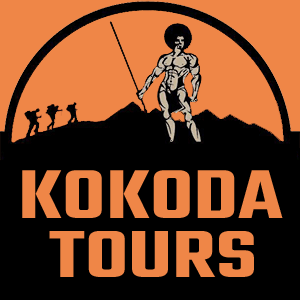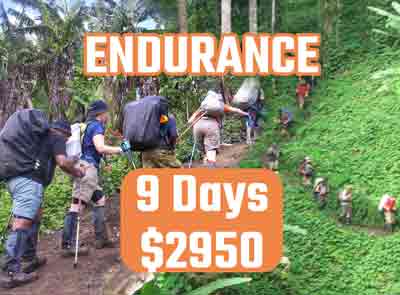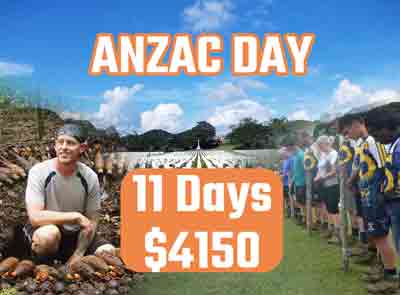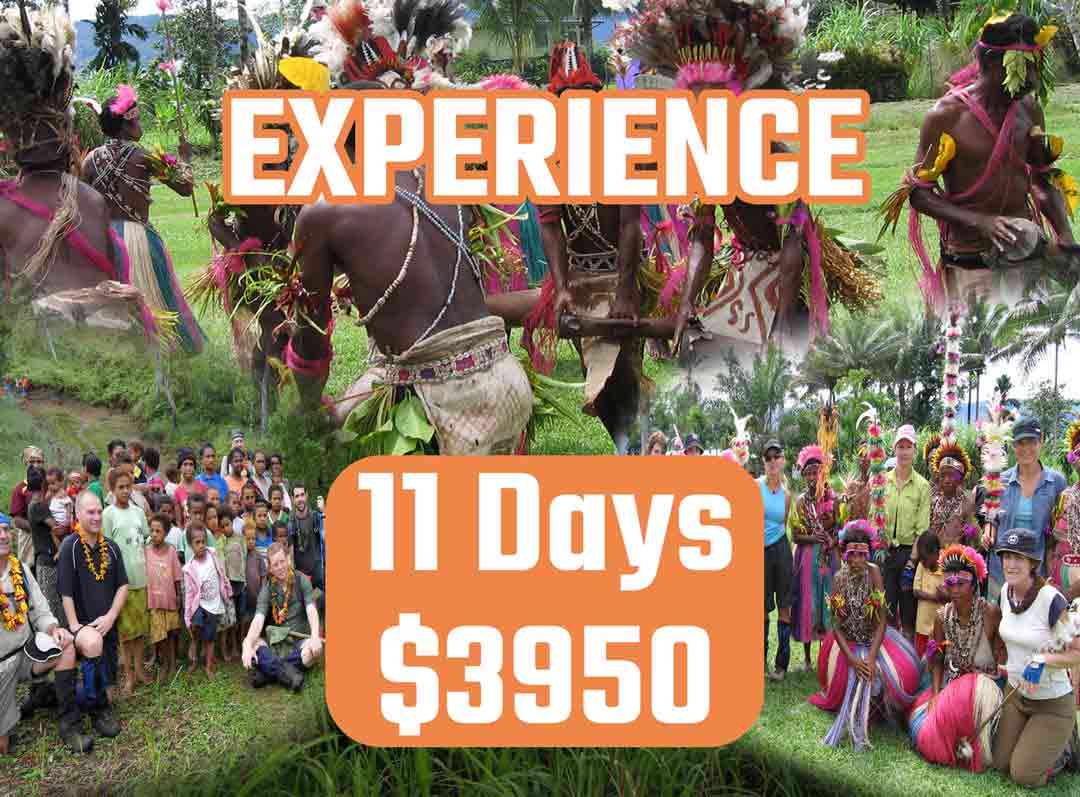Kokoda Trail Location in Papua New Guinea : An In-Depth Australian Guide to the Kokoda Track
Introduction to this PNG Gem
The Kokoda Trail, situated in Papua New Guinea, is not just a trek; it’s a journey through history, a connection to the past, specifically the intense and pivotal events of the Kokoda Campaign during World War II. This article serves as a comprehensive guide for prospective trekkers, shedding light on the trail’s location, historical significance, and the unique experiences it offers.
The Kokoda Trail: A Historical Overview of the Second World War
Origins of the Kokoda Campaign
The Kokoda Campaign unfolded in 1942, marking a significant chapter in Australian history. Japanese and Australian forces engaged in a fierce World War II battle along the Kokoda Track, a single-file foot thoroughfare that spans 96 kilometres. The trail extends from the northern coast of Papua, near the village of Kokoda, to Ower’s Corner in the Central Province.
Owen Stanley Range: The Backdrop of Conflict
The trail winds its way through the Owen Stanley Range, a rugged and isolated terrain that posed numerous challenges for both Australian and Japanese troops. The range, a defining feature of the Kokoda experience, stretches across Papua and Papua New Guinea, creating an awe-inspiring yet formidable backdrop to the trek.
Navigating the Kokoda Trail in Papua New Guinea
The Kokoda Track, often described as a 96-kilometer single-file foot thoroughfare, actually reveals its intricate and branching nature as trekkers venture deeper into its embrace. Unlike a linear path, the trail unfolds with numerous twists and turns, offering trekkers a diverse range of landscapes to traverse. Along the Kokoda Trail, the branching nature becomes evident as side trails lead to hidden gems, such as the Valley of the Dead and the iconic Isurava War Memorial.
These branching paths not only provide scenic detours but also connect trekkers to the multifaceted history of the region. The Kokoda experience is enriched by the exploration of these side trails, each offering a unique perspective on the challenges faced by Australian forces during the Kokoda Campaign. As the trail winds through rainforests, mountain passes, and traditional villages, the branching nature becomes a metaphor for the varied experiences and discoveries that await those willing to venture off the beaten path.
From Sogeri to Ower’s Corner
The Kokoda Trail commences at the village of Kokoda, but trekkers often kickstart their journey from Sogeri, traveling to Ower’s Corner by bus. This section, although sometimes overlooked, is a vital and often forgotten part of the trail, revealing small changes over time due to landslides and land disputes.
Along the Track: Immerse Yourself in History
As trekkers traverse along the Kokoda Track, they follow in the footsteps of the brave Australians who defended their territory during the war. The track passes through key locations such as Isurava, the Valley of the Dead, and the iconic Owen Stanley Range, providing a firsthand look at the challenges faced by Australian forces.
Key Landmarks and Points of Interest on the Kokoda Trek
Kokoda Village: A Symbol of Resilience
The village of Kokoda stands as a living testament to the resilience of the local people and the endurance of Australian troops during the war. Trekkers can explore this historic site, gaining insights into the challenges faced by both the villagers and the soldiers who passed through.
Isurava: A Hallowed Ground
Isurava holds a special place in the hearts of those who completed the Kokoda Track. The Isurava War Memorial stands tall, commemorating the sacrifices made by Australian forces during the war. Trekkers often find a moment of reflection here, surrounded by the lush landscapes that once witnessed the intense battles of 1942.
Owers Corner to Kokoda: The Full Journey
The journey from Ower’s Corner to Kokoda encapsulates the essence of the Kokoda experience. Trekkers pass through a diverse range of landscapes, including dense rainforests, challenging mountain passes, and traditional villages. The trek provides a unique perspective on the natural beauty and historical significance of the region.
Practical Information for Trekkers Along the Kokoda Track
The Kokoda Track, a 96-kilometer single-file foot thoroughfare, has witnessed subtle transformations over time, influenced by various factors such as mudslides and land collapses. As trekkers journey along this historic trail, they may notice the impact of these natural occurrences on the once-pristine landscapes. The rugged and isolated terrain of the Owen Stanley Range, while breathtaking, is not immune to the forces of nature.
Mudslides have left their mark, altering the topography and creating challenges for both trekkers and the custodians of the track. The track’s character evolves as it weaves through dense rainforests, with some sections showcasing the aftermath of land collapses. This dynamic aspect of the Kokoda Trail underscores the need for trekkers to approach the adventure with a sense of awe for the ever-changing environment and a deep respect for the historical and natural forces at play.
Trek Duration and Conditions
Trekking the Kokoda Trail is not just a physical challenge; it’s an emotional and historical experience. The trek takes between four and twelve days, depending on the route chosen and the pace of the group. Trekkers should be prepared for rugged and isolated terrain, humid days, intensely cold nights, and the ever-present risk of tropical diseases like malaria.
Booking and Trek Operators
When planning your Kokoda adventure, consider engaging with experienced trek operators who understand the challenges and nuances of the trail. The Kokoda Track Authority, a special purpose authority, oversees trekking activities, ensuring a safe and well-guided experience.
Cultural Sensitivity and Respect
As you embark on this adventure of a lifetime, it’s essential to approach the trek with cultural sensitivity and respect. The trail passes through villages with diverse communities, including Koiari, and provides opportunities to interact with the local people. Embrace the chance to learn about their traditions and gain a deeper understanding of the region’s cultural richness.
Conclusion
The Kokoda Trail is more than just a physical journey; it’s a profound and moving experience that connects trekkers to the heroic deeds of the past. As you embark on the Kokoda trek, remember that each step echoes the footsteps of Australian troops who faced unimaginable challenges during the Kokoda Campaign. This adventure is not merely a challenge to be enjoyed; it’s an opportunity to immerse yourself in history, honour the sacrifices made, and gain a new perspective on the enduring spirit of the Kokoda Track. Prepare for an experience of a lifetime as you traverse the lush landscapes and historical landmarks that define the Kokoda Trail, forging your own connection to this remarkable chapter in Australian history.
FAQ’s
Q: What is the significance of the Kokoda Trail in Papua New Guinea?
A: The Kokoda Trail holds great historical significance as it was the location of a crucial World War II campaign between Australian and Japanese forces.
Q: Where is the Kokoda Trail located?
A: The Kokoda Trail is situated in Papua New Guinea, specifically in the Owen Stanley Range.
Q: What is the length of the Kokoda Trail?
A: The trail is a single-file foot thoroughfare that runs 96 kilometres through rugged and remote terrain.
Q: Who manages the Trail?
A: The Kokoda Track Authority, an organization established by the Australian government, oversees the management and preservation of the trail.
Q: What is the best way to access the Kokoda Trail?
A: The trail can be accessed by flying to Port Moresby, the capital of Papua New Guinea, and then traveling to the trail’s starting point.
Q: What is the significance of the Trail for Australians?
A: The trail holds immense symbolic importance for Australians, as it was the site of the Kokoda Track campaign, a pivotal moment in the nation’s military history.
Q: Are porters available to assist trekkers along the Trail?
A: Yes, local porters are usually employed to help trekkers carry supplies and navigate the challenging terrain of the trail.
Q: Are there any memorials or historical sites along the Kokoda Trail?
A: Yes, along the trail, there are several memorials and historical sites dedicated to the soldiers and the events of the Kokoda Track campaign.
Q: What is the recommended time of year to trek the Kokoda Trail?
A: The dry season from late April to early November is the best time to undertake the trek, as it offers more favourable weather conditions.
Q: Are there any restrictions or regulations for trekking the Kokoda Trail?
A: Yes, trekkers are required to obtain permits and adhere to the guidelines set by the Kokoda Track Authority to ensure their safety and minimize environmental impact.




